All you need to know before starting the preparation of the General Science and Ability paper. As it is clear by the name of this subject it consists of two parts, one part is science and the other part is ability (related to mathmatics). The total mark for this subject is 100 the major part is about general Science which depends on 60 marks and the rest part of this paper is comprised of the ability section. In section one there is a sort of fifty percent option but this optional part is confined to the topic. There are four questions asked in one segment each question has 5marsks and you have to do all parts of this segment. Similarly, you have to attempt Section B which is the ability section but here examiner asked three questions and you have to attempt two of them. Hence, the remaining criteria are the same, there are four questions from each head and if you pick one head you have to complete all four parts.
Let’s come toward its syllabi. The general science syllabus is divided into five potions
1- Physical Sciences
2- Biological Sciences
3- Environmental Science
4- Food Science
5- Information Technology
There are multiple topics in every portion. One thing to keep in mind if you are ready to prepare one portion, you should cover all topics of this portion. while preparing the fifth segment which is information technology, one must prepare himself for up-to-date technology as well. Did you notice, each question mark is just 5? Hence you just need to cram the to-the-point answer but if the topic is over the diagram as well then don’t miss that one. In fact, try to make a table if that relevant answer doesn’t have any diagram. It is recommended that one answer must carry 1 and a half sheets, and if it completes two sheets then it’s more good.
Now, let’s come to Section B. In the Ability section there are three parts given in the syllabi. Likewise in the science portion, there are multiple topics in each segment but for the Ability portion, you don’t need to complete one segment of all parts. The examiner always remains focused on the main criteria . Here below is the main segment.
1-Quantitative Ability/Reasoning
2-Logical Reasoning and Analytical Reasoning/Ability
3-Mental Abilities
Hence I will share only selected topics from each segment. If someone is able to crack all the questions from that list then he or she remains calm inshaALLAh they will ace this portion easily. First, you need to prepare only from the given notes then go for past papers and try to attempt all. You will notice, you can do that. Here I am sharing the link to past papers of the last 30 years. Click here for General Science and Ability Past papers.
Only for this paper, I am not sharing a full-fledged book even a single recommended because it really is not worth going for a single recommended book. Although I will share a few of the books for those who are not satisfied with the concise stuff. Below is the to-the-point answer to the required topics in brief.
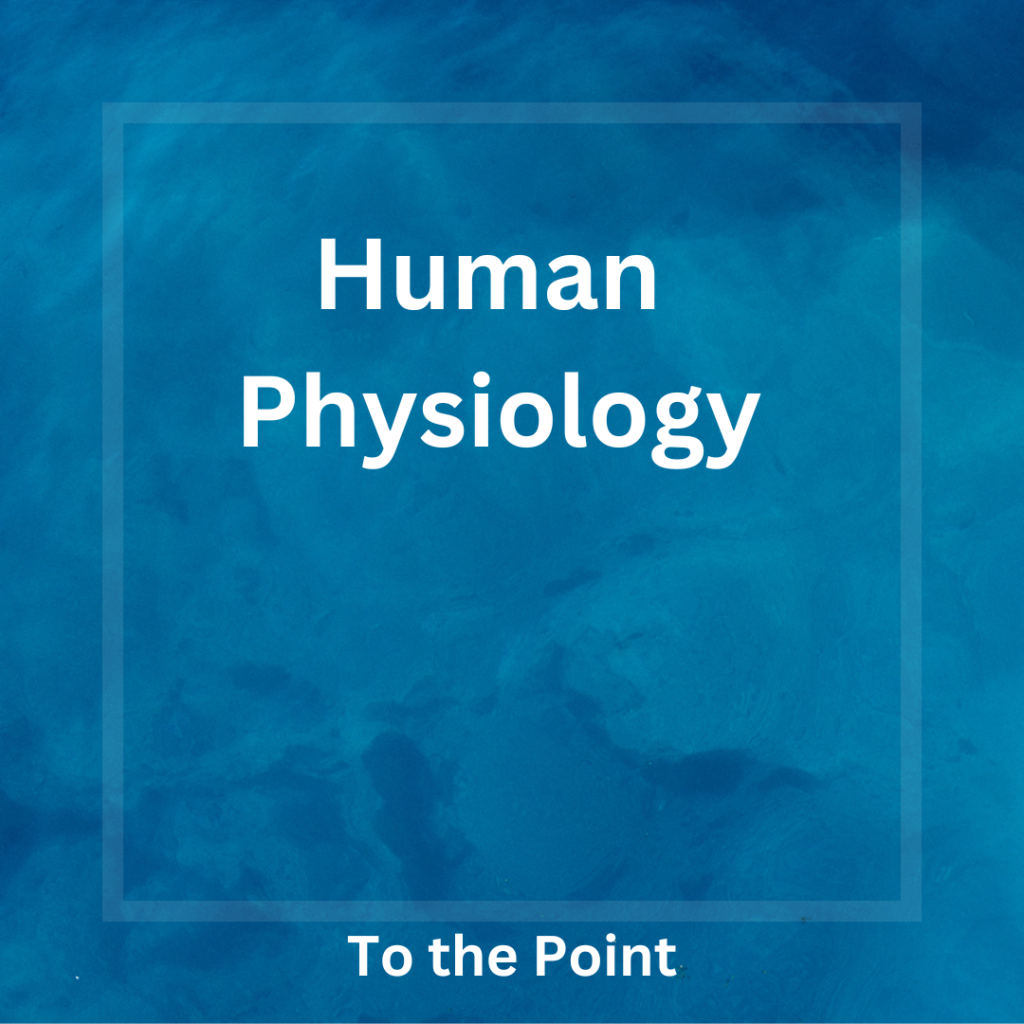
In the second head of General Sciences, there is a Biological Sciences segment. The complete syllabus of this segment is given below but in the aforementioned notes of Human Physiology it only covers one head of this segment which is “A Brief Account of Human Physiology”.For this chunk of syllabi, FPSC just gave the title of the topic. Hence, it is difficult to get all the data which is quite relevant. In this regard, I am sharing this topic above. Soon I will share the rest of the material on this part as well.
Biological Sciences
- The Basis of Life:- Cell Structures and Functions (Subcellular Organelles such as Nucleus, Mitochondria and Ribosomes).
- Biomolecules:- Proteins, Lipids, Carbohydrates and Enzymes.
- Plant and Animal Kingdom:- A brief survey of plant and animal kingdom to pinpoint similarities and diversities in nature.
- A Brief Account of Human Physiology.
- Common Diseases and Epidemics:- Polio, Diarrhea, Malaria, Hepatitis, Dengue their Causes and Prevention.
- New Model Concept of Producing BIO Fuel Method
Important and the Mot repeated questions from Biological Sciences
- What are causative organisms and vectors for dengue, enlist possible ways of preventing dengue.(2016)
- What is Cholesterol? Discuss its importance, normal blood level and dangers
of elevated levels with reference to the health and disease in humans.(2016) - Comment, ‘liver is the chief chemist in human body’. (2016)
- What are vaccines? Classify these and discuss DNA vaccines in detail. (2016)
- Draw the structure of human ear and briefly explain its functions.(2017)
- Describe the ‘Cell Structure’. Write down at least three differences between
an animal cell and plant cell.(2018) - Describe different causes and preventions of ‘Polio’. (2018)
- What’s the difference between vaccines and antibiotics? How do antibioticcs and vaccines contribute to health? (2019)
- Why an indiscriminate/casual use of Anbiocs may prove dangerous?(2019)
- People suffering from cardiovascular diseases have a high level of cholesterol in their blood. This can lead to a build-up of fats on the internal arterial walls. Suggest how this might be harmful to the heart.(2019)
- Do the mammals also lay eggs? If yes, where in the world do they live? Write the names of some of them. (2019)
- What are the Fossils? Discuss the importance of paleontology. (2020)
- What do you know about Hepas? Describe its types and write down preventive measures.(2020)
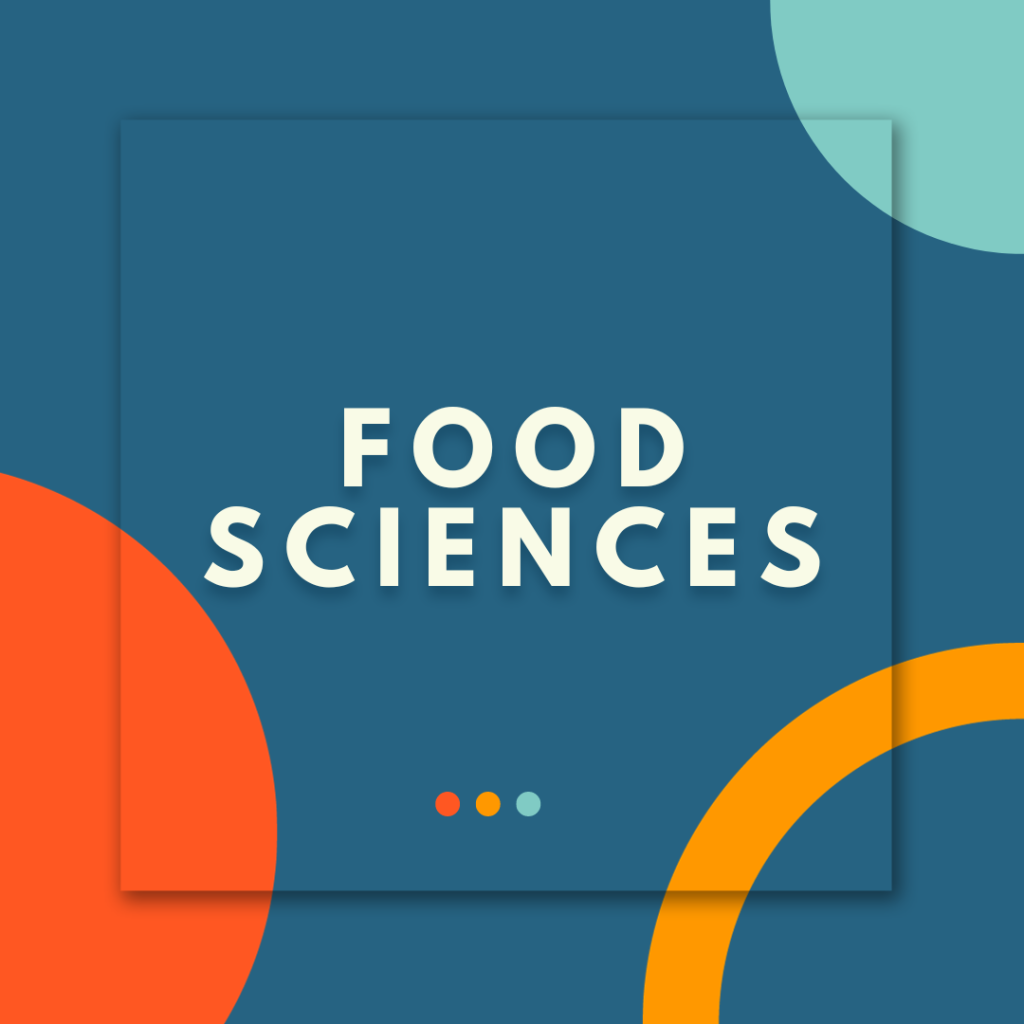
Here in the above link of Food Sciences, all the required topics of this part are concisely available. Food Sciences is the fourth section of the General sciences syllabus. Below is the complete section of this topic:
- Concept of Balance Diet:- Vitamins, Carbohydrates, Protein, Fats and oil, Minerals, Fiber.
- Quality of Food:- Bioavailability of Nutrients, Appearance, Texture, Flavor, Quality of Packed and Frozen Food, Food Additives, Preservatives and Antioxidants
- Food Deterioration and its Control:- Causes of Food Deterioration, Adulteration, Food Preservation.
Moreover for your convenience,I am sharing the most repeated questions of this too. So here it goes:
Important and the Mot repeated questions from Food Sciences
- Discuss the importance of preservatives and antioxidants in food.(2016)
- What is the significance of Vitamins? Describe the sources, uses, and defic-i
ency symptoms of fat-soluble vitamins.(2017) - Write a comprehensive
- note on ‘Balanced Diet’.(2018)
- Define ‘Carbohydrates’. Describe different steps to digest these in the
human body.(2018) - What are carbohydrates? Classify and give details of each class along with
examples.(2020) - Discuss different methods of Food preservation.(2020)
- A deficiency of vitamins causes different human diseases some of which are
given in the table below. Choose the correct type of vitamin from the box
and write in front of each disease: (2019)- Disease caused due to lack of
- Vitamin
- Name of the Vitamin
- Poor night vision
- Bleeding Gums
- Rickets in Children
- Beri-Beri
- Anemia
- Vit. A Vit. B1 Vit. C Vit. D Vit. E Vit. K
- Disease caused due to lack of
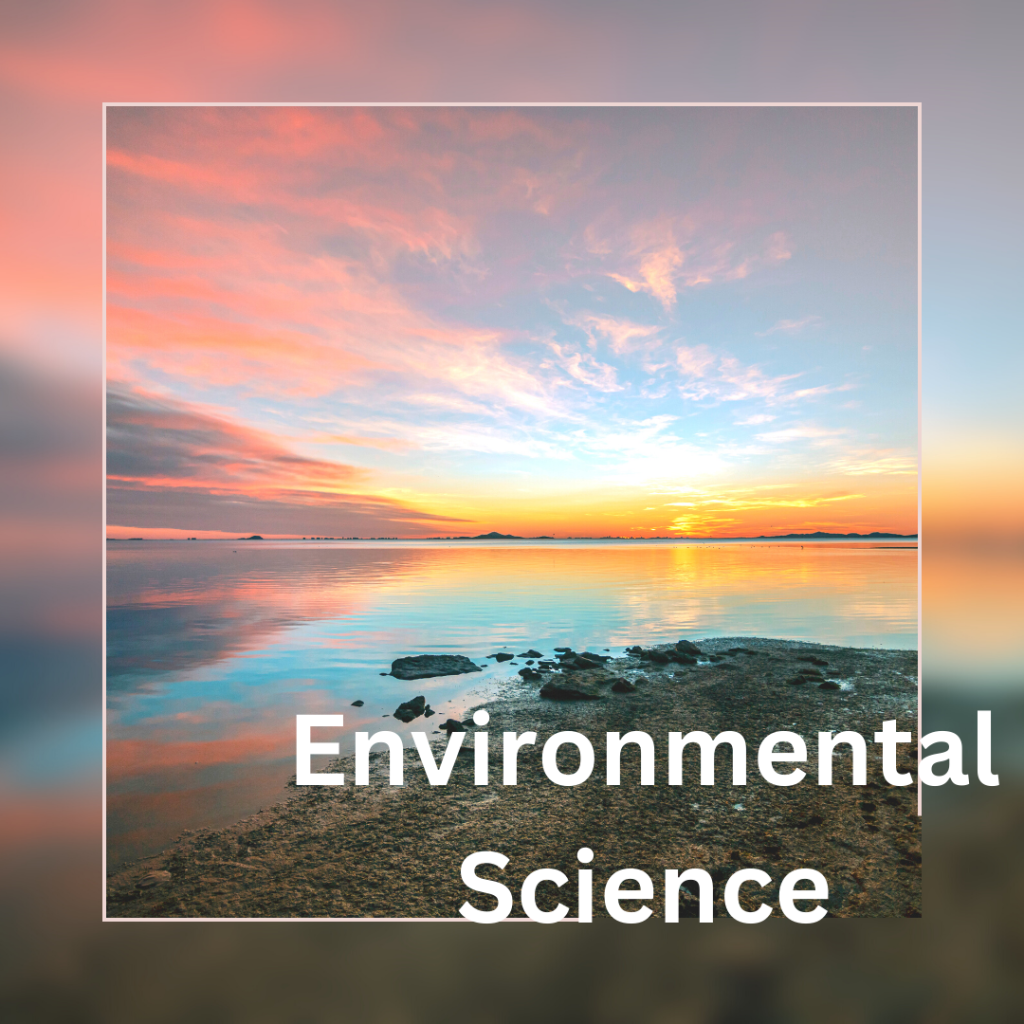
- Environment:- The Atmosphere (Layered Structure and Composition), Hydrosphere (Water Cycle, Major Water Compartments), Biosphere (Major Biomes) and Lithosphere (Minerals and Rocks, Rock Types, Plate Tectonics).
- Atmospheric Pollution:- Types, Sources, Causes and effects of major air pollutants (COx, Particulate Matter, NOx, SOx, Tropospheric Ozone, Volatile Organic Compounds, Dioxins). Regional and Global air pollution issues (Acid-rain, Ozone Depletion, Greenhouse Effect and Global Warming). International agreements on air pollution control (Montreal Protocol and Kyoto Protocol).
- Water Pollution:- Types, sources, causes and effects of major water pollutants (Synthetic Organic Chemicals, Oxygen Demanding Wastes, Plant Nutrients, Thermal Pollution, Infectious Agents, Sediments, Radioactivity, Heavy Metals and Acids). Drinking water quality and standards.
- Land Pollution:- Solid waste management and disposal.
- Role of Remote Sensing and GIS in Environmental Science.
- Population Planning.
- Important and the Mot repeated questions from Environmental Sciences
- Comment, Green House Effect is a blessing. Also discuss Enhanced Green
House Effect and its relation with global warming. (2016) - Differentiate between Sanitary and Industrial Landfills also describes the land selection criteria for Landfills.(2016)
- What is a hydrological cycle? Discuss its importance.(2016)
- What were the main objectives of the Clean Development Mechanism? Also explain the reasons for the criticism on the Kyoto Protocol by the developed countries.(2016)
- What are the factors responsible for environmental polluon? (2017)
- What is an Acid Rain and how it is produced. Briefly describe the dangers
associated with it? (2017) - What do you mean by Ozone depleon and how we can prevent its depleo-n. (2017)
- What is ‘Acid Rain’? Describe its causes and how it can be .Describe its causes and how it can be prevented?(2018)
- What is ‘Water Polluon’? Discuss its causes and measurement methods.
- Name the countries with the highest and lowest percentage of it.(2018)
- Write a comprehensive note on ‘Smog’.(2018)
- What is the importance of forests in the economy of a country? (2019)
- What does Ozone depleon mean and how can we protect the ozone layer?(2019)
- Why are sciensts worried about the increase of Carbon Dioxide in the atmosphere? (2019)
- Briefly describe the various segments of atmosphere. How these segments are maintaining the Earth Radiaon Balance?(2020)
- How the organic parculate maer enters in the atmosphere. Also describe the sources?(2020)
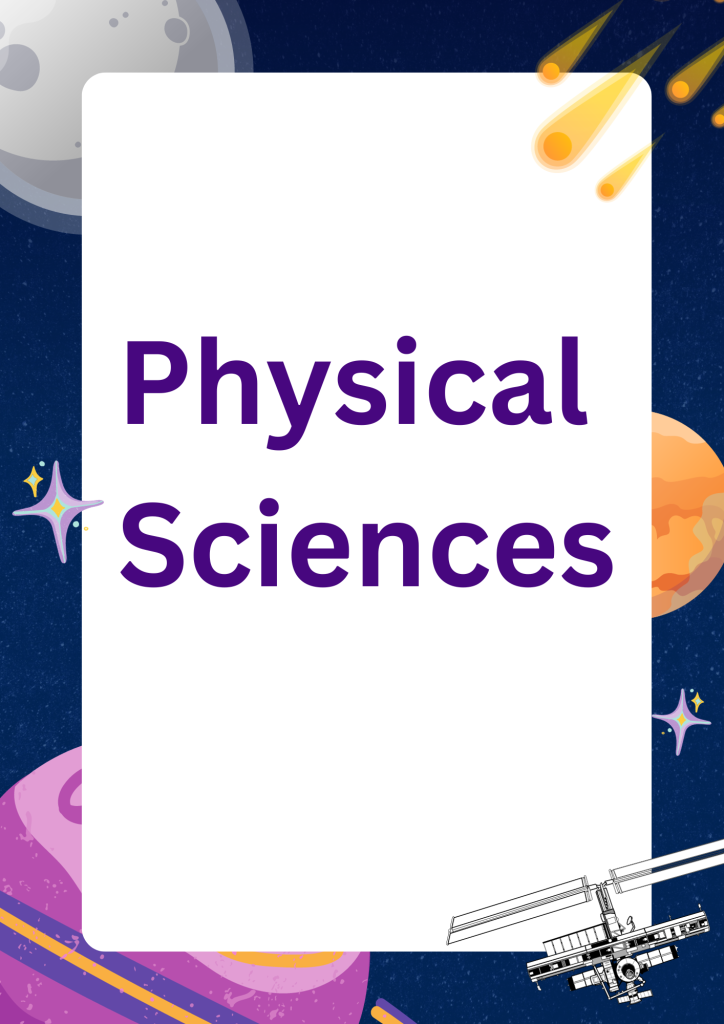
Physical Sciences
- Constituents and Structure:- Universe, Galaxy, Light Year, Solar System, Sun, Earth, Astronomical System of Units.
- Process of Nature:- Solar and Lunar Eclipses, Rotation and Revolution, WeatherVariables (Global Temperature, Pressure, Circulation, Precipitation, Humidity) and Weather Variations.
- Natural Hazards and Disasters:- Earth Quake, Volcanic Eruption, Tsunami, Floods, Avalanche, Travelling Cyclone (Tropical Cyclone, Middle Latitude Cyclones and Tornadoes), Drought, Wildfire, Urban Fire. Disaster Risk Management.
- Energy Resources:- Sources of Energy (Renewable i.e. LED Energy, Solar Energy, Wind Energy and Non-Renewable Energy conservation and its sustainable use.
- Atomic Structure, Chemical Bonding, Electromagnetic Radiations.
- Modern Materials/Chemicals:- Ceramics, Plastics, Semiconductors. Antibiotics, Vaccines, Fertilizers, Pesticides.
Important and the Mot repeated questions from Physical Sciences With Exam year
1.What is tsunami? How the tsunamis are generated and what are their
characteriscs?(2016)
- What are the gamma rays? Explain their applications.(2016)
- Explain the shape of water molecule with the help of Molecular Orbital
Theory; also draw its orbital diagram. (2016) - What is an earthquake? Discuss Richter scale in this context. What was the
intensity of the earthquake in Pakistan dated 26 October 2015 and where
was the focus? (2016) - Briefly explain the main reasons of water-logging in Pakistan. (2017)
- What is a mirage? Describe in detail the creation of mirage. (2017)
- Most of the household appliances utilize ‘DC’ then why we generate ‘AC’ atpower stations? (2017)
- Briefly explain what effects are produced due to Rotation & Revolution of Earth? (2017)
- Differenate between the occurrence of Lunar and Solar Eclipse? (2017)
- 10.Describe different causes of ‘Tsunami’. Is there any difference between a
- Tsunami and adal wave? Name the worst Tsunami ever recorded.(2018)
11.Explain the terms Dark Energy and Dark Maer.(2018)
12.Define the term Black Hole. What’s expected inside it?.(2018)
13.Describe different methods to estimate the age of the Universe.(2018)
14.Explain the formation on of Lunar Eclipse.(2018)
15.Define the term ‘Bio-Fuel’. How is it helpful to promote clean energy? (2018)
16.Why the excessive use of chemical ferlizers should be avoided? (2019)
17.Differenate between the Renewable and Non-Renewable sources of energy giving examples of each one of them. (2019)
18.What is the most dangerous part of a hurricane and how do cyclones affect
humans? (2019)
19.Why do atoms form bonds? Name three major types of chemical bonds.
(2019)
20.How can the Sun have such a strong gravitaonal field if it’s made of gases?(2019)
21.On 7th April 2012 an Avalanche hit a Pakistan military base in Gayari sector
trapping 140 soldiers and civilians under deep snow. What is Avalanche;describe its four types with focus on most dangerous type? (2020)
22.What do you understand by Global Wind and Pressure patterns? Also explain wind and pressure features at high altitude.(2020)
23.World largest earthquake was assigned a magnitude of 9.5 by the United
States Geological Survey on 22 May 1960 in southern Chile. What do you
know about earthquake? Also explain shallow-focus and deep-focus
earthquakes. (2020)
24.What are Pescides? Explain their different types; why persistent pescides are more lethal for mankind? (2020)
25.Differenate between the renewable and non renewable energy sources.Briefly explain Geothermal Energy and Hydro Electricity? (2020)
26.Differenate between Middle Latitude Cyclones and Tornadoes. (2020)
27.What is natural radioacvity? How it is different from the arficial radioacvity? (2020)
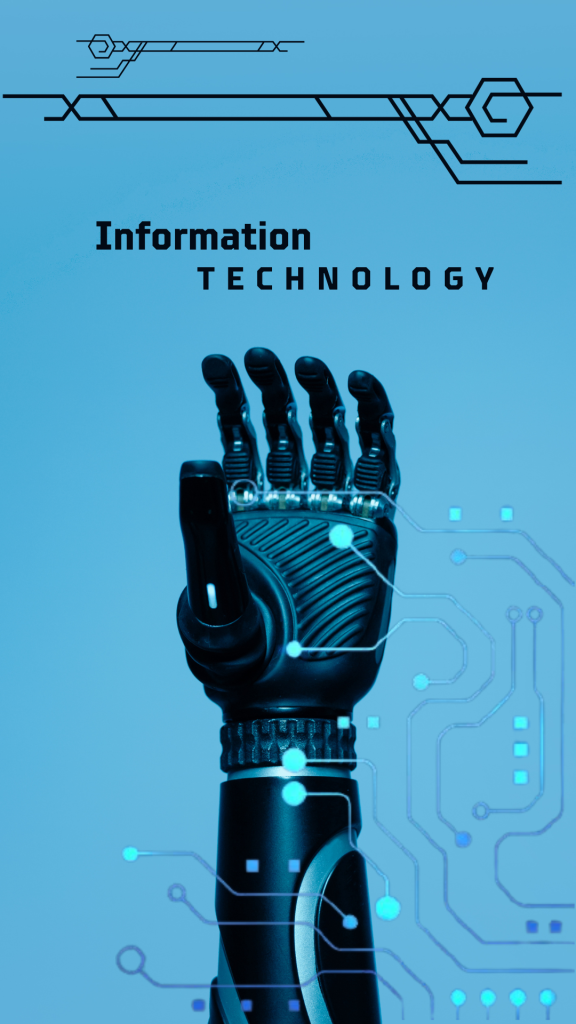
Information Technology
- Computer (Hardware & Software Fundamentals); I/O Processing and data storage, Networking & Internet Standards, Application and business Software, Social Media Websites. Information Systems. Fundamentals of artificial intelligence.
- Telecommunications:- Basics of Wireless Communication (Mobile, Satellite, Surveillance and GPS and Fiber Optic etc
Important and the Most repeated questions from Information Technology With Exam year
- What do you know about the Remote Sensing Techniques? Explain resolu
on and write down the names of its various types?(2016) - Write a short note on artificial intelligence. (2016,2020)
- Write short notes on:
(i) Fibre Optics ( 2016,2018,2019,2020)
(ii) Global Posioning System
- Describe various types of computers classified on the basis of size, memory,capacity and speed. (2017)
- Draw a basic computer block diagram and briefly explain the function of each part. (2017)
- Name three basic buses employed in a computer and explain what each is used for. (2017)
- Differenate between RAM and ROM. (2017)
- What is ‘Artificial Intelligence’? How is it helpful for humanity?
(2016,2018,2020)
- Write a note, how data is stored on a ‘Hard Disk’. (2018)
- How an ‘Optical Fiber’ is constructed? How is it helpful in transforming the electromagnetic radiaons? (2016,2018 2019,2020)
- What are the different types of a network? Explain each briefly.(2019)
- Give a brief account of Optic Fibers. What is their importance in present day telecom system? (2016,2018,2019,2020)
- Where and how Fiber Optics are used? Also write down their advantages
and disadvantages. ( 2016, ,2018,2019,2020)
- What is Open System Interconnections (OSI) and describe its layers?(2020)
- What is GPS? How does it work?(2016,2020)


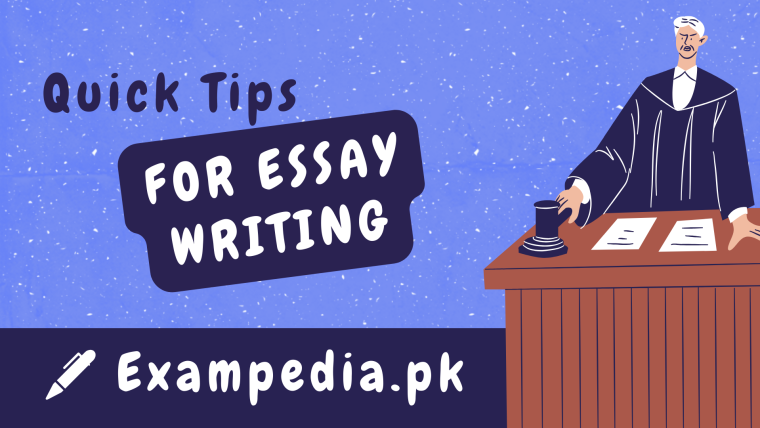
CSS Punjabi Complete Guide With the Book,Notes,Solved MCQs,Past Papers
CSS and PMS Precis Writing Rules with Complete Guide
Your Ultimate Guide to FIA Exams in Pakistan
Essay Writing Tips in English for Competitive Exams
How to read the newspaper for CSS/PMS
Strategies to Score High in Political Science Exam
CSS and PMS Exams: Your Questions Answered
Computer Science Strategies for CSS: Your Ultimate Prep